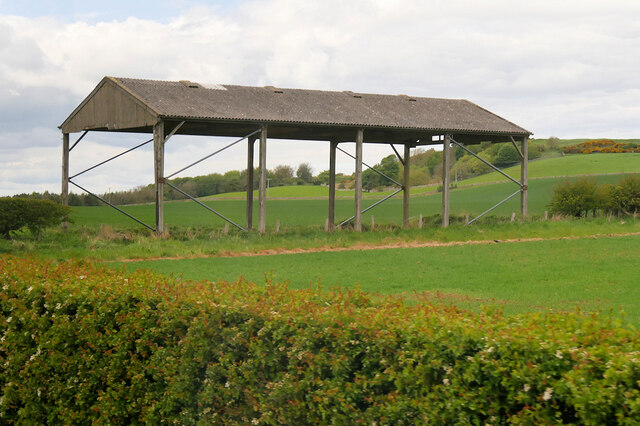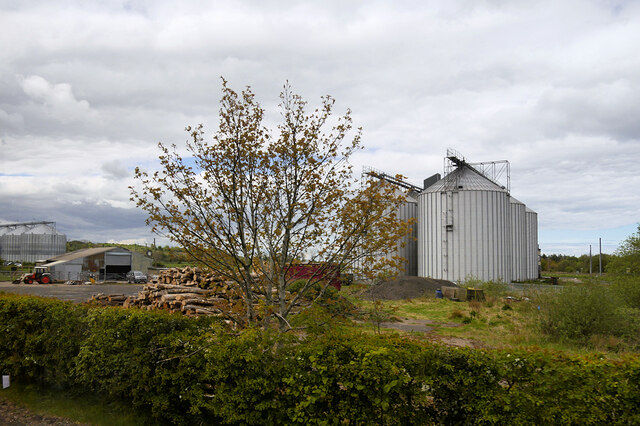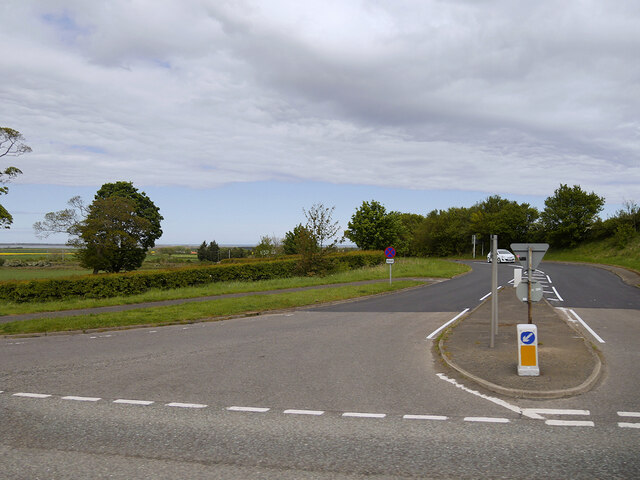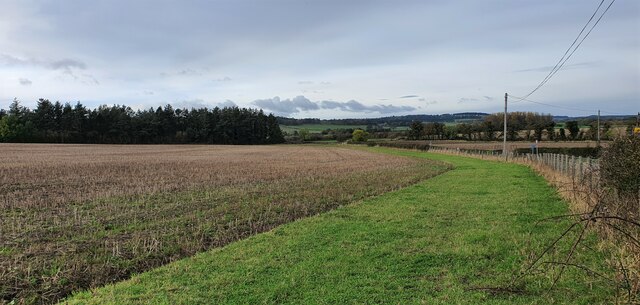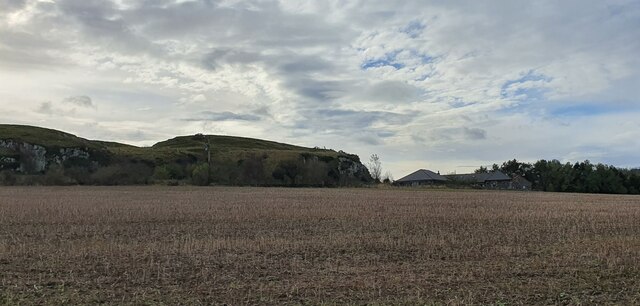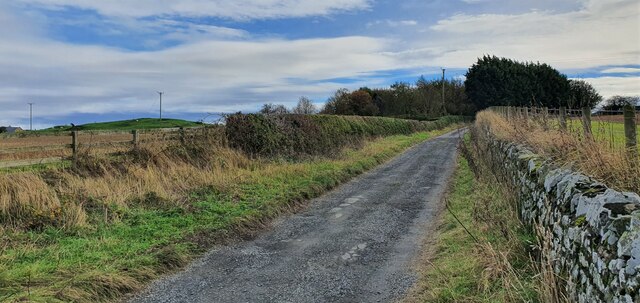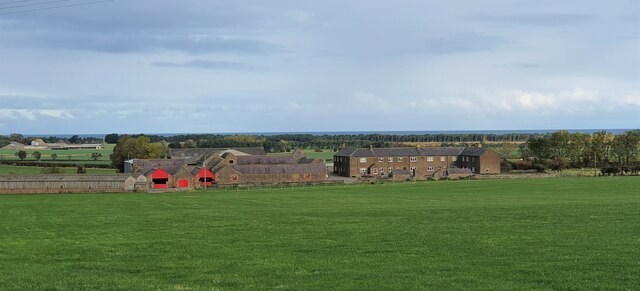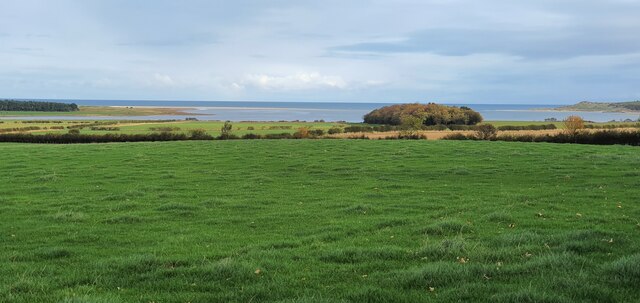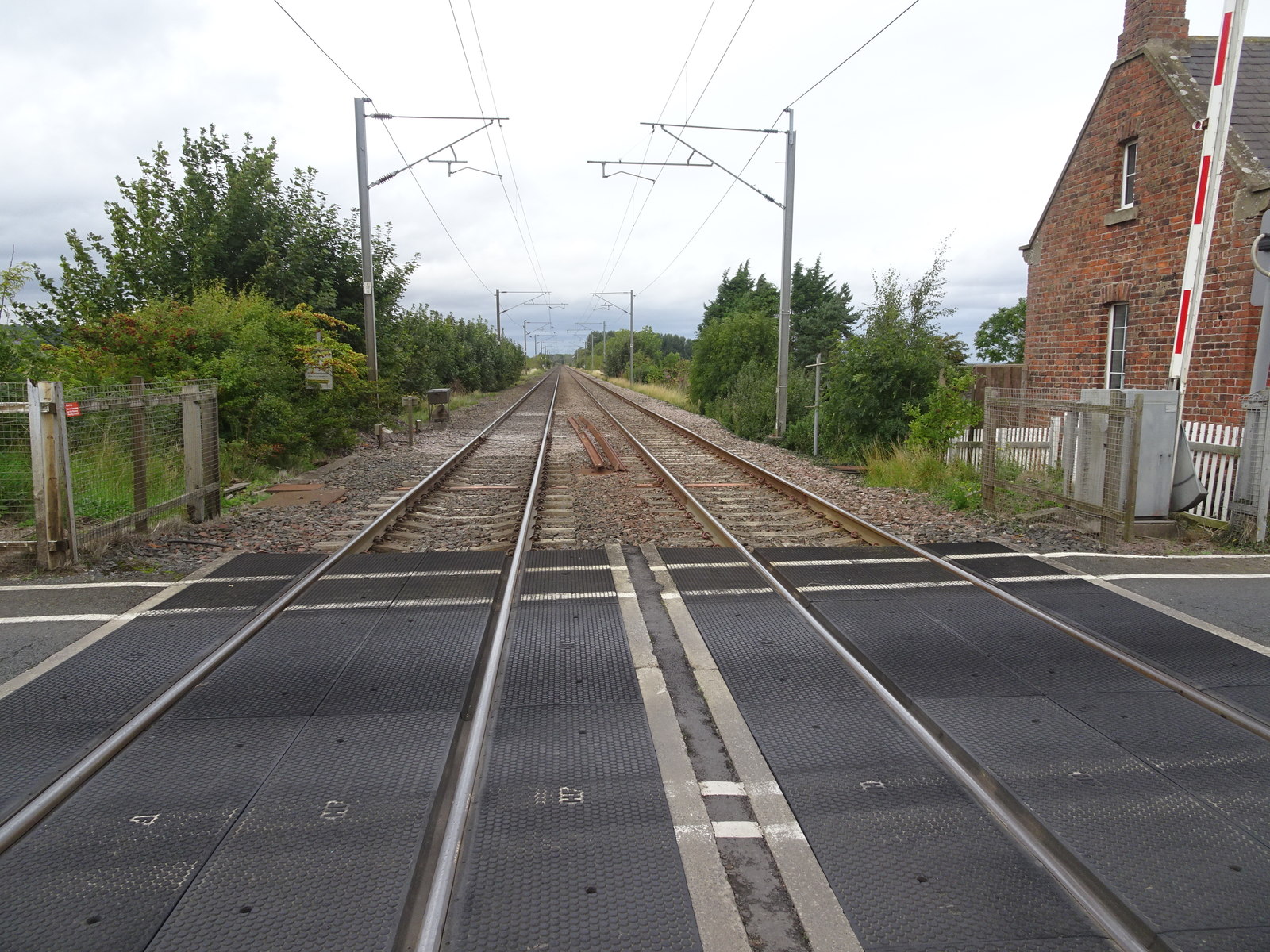Easington
Civil Parish in Northumberland
England
Easington

Easington is a civil parish located in the county of Northumberland, England. It is situated on the east coast of the country, approximately 8 miles north of Belford and 17 miles south of Berwick-upon-Tweed. The parish covers an area of around 11 square kilometers and is home to a population of approximately 400 residents.
Easington is a small and picturesque village, known for its tranquil and idyllic setting. The parish is predominantly rural, characterized by rolling hills, open fields, and stunning views of the North Sea. The village itself is made up of a cluster of traditional stone-built houses and cottages, many of which date back to the 18th and 19th centuries.
The centerpiece of Easington is its historic parish church, St. John the Evangelist. Dating back to the 12th century, the church is a fine example of Norman architecture and is a Grade I listed building. It is a popular attraction for visitors to the area, offering a glimpse into the village's rich heritage.
Easington is also renowned for its natural beauty. The parish is located within close proximity to the Northumberland Coast Area of Outstanding Natural Beauty, which boasts stunning sandy beaches, dramatic cliffs, and a diverse range of flora and fauna. This makes it a popular destination for outdoor enthusiasts, who can enjoy activities such as walking, birdwatching, and cycling.
Overall, Easington offers a peaceful and picturesque escape from the hustle and bustle of city life. With its charming village, historic church, and stunning natural surroundings, it is a hidden gem within the Northumberland countryside.
If you have any feedback on the listing, please let us know in the comments section below.
Easington Images
Images are sourced within 2km of 55.604236/-1.788424 or Grid Reference NU1334. Thanks to Geograph Open Source API. All images are credited.

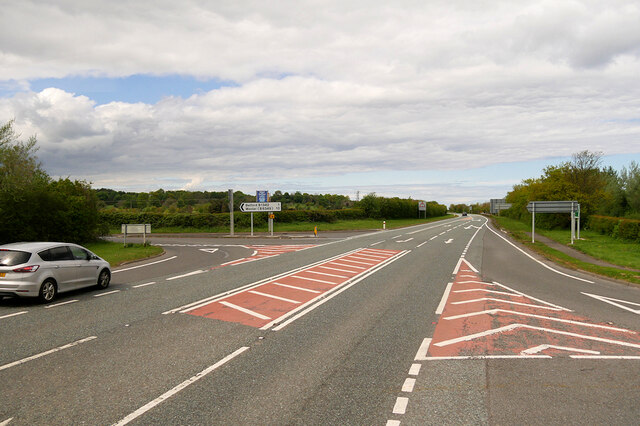
Easington is located at Grid Ref: NU1334 (Lat: 55.604236, Lng: -1.788424)
Unitary Authority: Northumberland
Police Authority: Northumbria
What 3 Words
///patrol.dash.cleansed. Near Belford, Northumberland
Nearby Locations
Related Wikis
Belford railway station (England)
Belford railway station is a disused station situated on the East Coast Main Line between the current Chathill and Berwick-upon-Tweed stations serving...
Easington, Northumberland
Easington is a place and former civil parish, now in the parish of Belford about 14 miles from Alnwick, in the county of Northumberland, England. In 2011...
Crag Mill railway station
Crag Mill railway station served the village of Belford, Northumberland, England from around 1862 to 1877 on the East Coast Main Line. == History == The...
Belford Hall
Belford Hall is a Grade I listed building, an 18th-century mansion house situated at Belford, Northumberland. The Manor of Belford was acquired by the...
Nearby Amenities
Located within 500m of 55.604236,-1.788424Have you been to Easington?
Leave your review of Easington below (or comments, questions and feedback).


